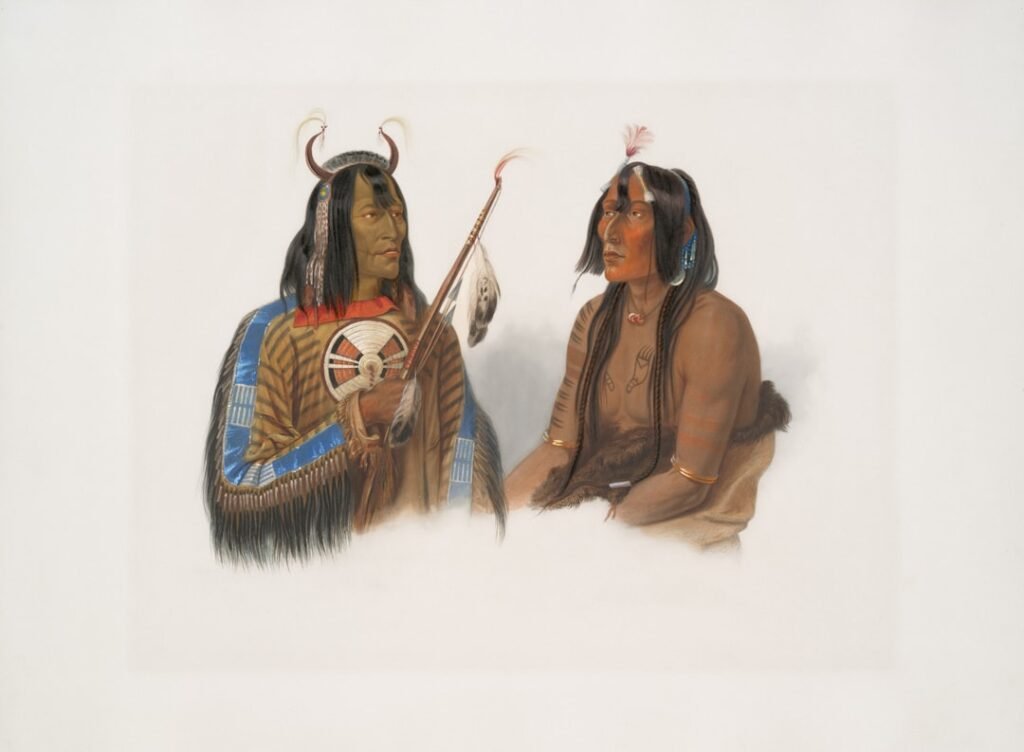Imagine a world where the burning sands seem endless, water is a rare treasure, and survival hangs by a thread. Now, picture an animal so resilient and peculiar, it almost feels mythical—a ship that sails the desert, carrying hope, goods, and dreams across continents. Camels are more than just animals; they are living bridges connecting people, places, and history. Their silent footsteps have echoed through bustling trade routes, ancient cities, and harsh wilderness, leaving indelible marks on civilization itself. Let’s journey through deserts, steppe, and salt flats to discover how these remarkable creatures have shaped our world, one hoof at a time.
The Origins of Camels: Evolution on an Ancient Planet
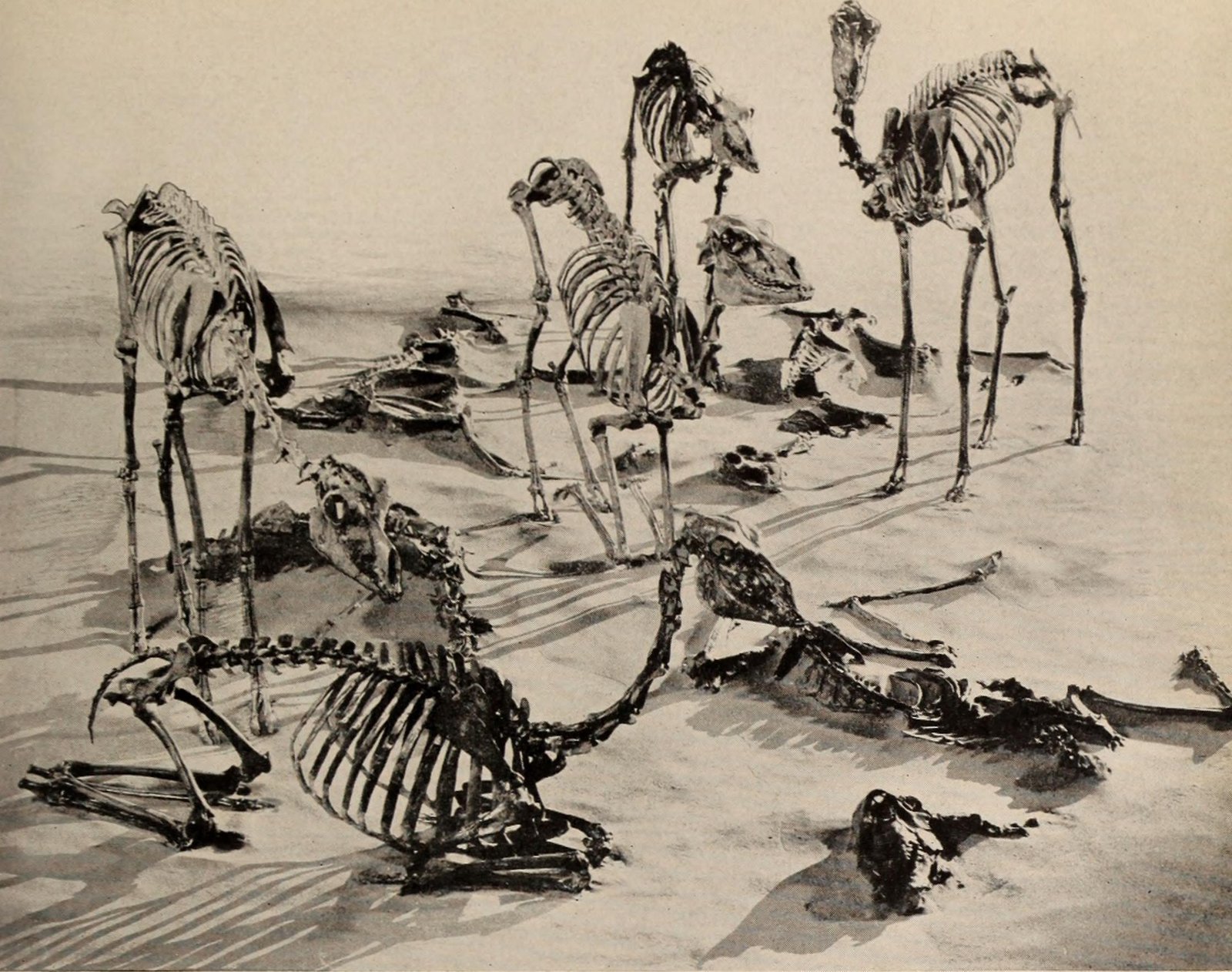
Camels didn’t just appear overnight. Their story stretches back millions of years to North America, where their ancestors first evolved. These early camels were very different from the creatures we know today, some even as small as rabbits and others towering over horses. Over time, their descendants migrated across land bridges to Asia and Africa, adapting to dramatically different environments. The two main species we recognize—dromedaries with one hump and Bactrian camels with two—each tell a tale of survival shaped by climate and geography. It’s fascinating to think that an animal so perfectly suited to desert life has roots in icy, forested lands.
Desert Adaptations: Nature’s Masterpiece

Camels are biological marvels, adapted to thrive where most creatures would perish. Their humps store fat, not water, providing energy reserves during lean times. Broad, padded feet keep them from sinking into shifting sands, while their thick eyelashes and closable nostrils shield them from biting sandstorms. Camels can drink up to 40 gallons of water in minutes, then survive for weeks without another sip, thanks to their efficient bodies. Scientists often marvel at how camels regulate their body temperature and recycle water with unrivaled efficiency, making them the ultimate survivors in extreme heat.
Domestication: Turning Wild Beasts into Humble Helpers

The domestication of camels around 3,000 to 4,000 years ago was a turning point for humanity. Early communities in the Arabian Peninsula and Central Asia saw the potential in these gentle giants. By taming camels, people unlocked new possibilities for trade, travel, and agriculture. The bond between camel and human became a partnership built on trust and necessity, changing daily life for millions. Domesticated camels soon became central to nomadic cultures, providing transport, milk, meat, and even companionship.
Trade and the Silk Road: The Economic Pulse of Empires

Camels were the lifeblood of the legendary Silk Road, a network of trade routes stretching from China to the Mediterranean. These animals hauled silks, spices, precious stones, and ideas across thousands of miles of inhospitable terrain. Caravans, sometimes hundreds strong, moved at the steady pace set by camels, allowing for the exchange of goods, culture, and technology between East and West. The wealth of entire cities and empires depended on these “ships of the desert,” making camels silent architects of global commerce.
Cultural Impact: Camels in Myth, Art, and Storytelling

Camels have wandered into the hearts and imaginations of countless cultures. In Arabic poetry, they symbolize endurance and beauty. In Central Asian folklore, camels are wise guides and symbols of prosperity. Ancient Egyptian art even depicts camels as sacred animals, while travelers’ tales from Marco Polo to Ibn Battuta are filled with camel adventures. Their presence in festivals, rituals, and everyday sayings shows how deeply camels are woven into the fabric of human storytelling.
Nomadic Life: Sustaining Communities on the Move

For nomadic peoples like the Bedouins, Tuareg, and Mongols, camels are not just animals—they are family. These groups have depended on camels for transport, shelter, and sustenance for centuries. Milk, a staple in many desert diets, is often called “white gold.” Camel hair is spun into tents and clothing, while their dung is used as fuel. The rhythms of nomadic life, from migration patterns to seasonal gatherings, have been shaped by the needs and abilities of camels, forging a unique relationship between people and the land.
Military Might: Camels in War and Conquest
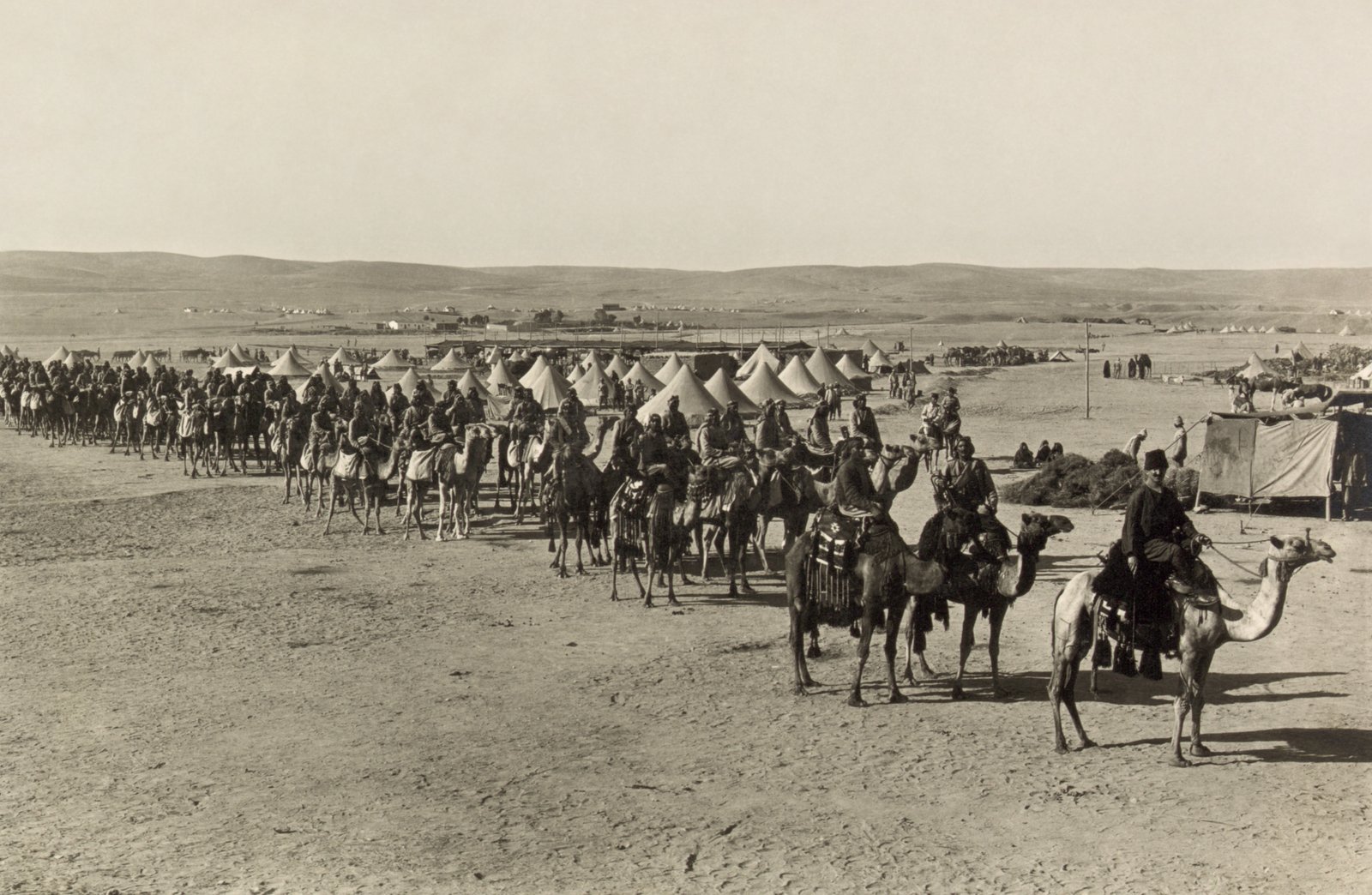
History is filled with stories of camels at the center of epic battles. Ancient armies, from the Persians to the Romans, deployed camel cavalry to outmaneuver their enemies in harsh terrain. Camels could cross deserts with ease, carrying supplies, weapons, and sometimes entire armies. Their presence often spooked horses unused to their scent, giving camel-mounted warriors a surprising edge. Even in modern times, some desert forces have relied on camels for reconnaissance and transport where vehicles falter.
Religious Significance: Sacred Symbols and Rituals

Camels hold deep spiritual meaning in many faiths. In Islam, camels are mentioned in the Quran as signs of God’s creation and are central to the annual Hajj pilgrimage, where their sacrifice marks a sacred tradition. In Christianity, camels appear in biblical stories, such as the journey of the Magi. Hindu legends speak of camels as gifts from the gods. These animals carry not just goods, but also prayers, hopes, and blessings across the ages.
Exploration and Discovery: Opening New Frontiers

From the burning sands of the Sahara to the icy winds of Mongolia, explorers have relied on camels to reach the world’s most inaccessible places. Early European explorers crossing Africa’s deserts would have been lost without camels. The famous Australian “Afghan” cameleers opened up the Outback, building supply routes that helped shape modern Australia. Camels have carried scientists, missionaries, and adventurers into the unknown, making them unsung heroes of discovery.
Camels and Agriculture: Partners in the Fields

Beyond the deserts, camels have played a key role in farming communities. In parts of India and North Africa, camels plow fields, draw water, and carry harvests to market. Their milk and meat supplement local diets, while their manure enriches poor soils. By sustaining agriculture in marginal lands, camels help ensure food security for some of the world’s most vulnerable populations. Their contribution is a reminder that innovation does not always mean machines—sometimes, it means working with nature’s best designs.
Urbanization and the Changing Role of Camels

As cities have grown and technology has advanced, the role of camels has shifted. In some places, they are now more likely to be found in tourist attractions or cultural festivals than in daily life. Yet, in many urbanizing regions, camels still provide affordable transport where roads are poor or fuel is costly. Their resilience and adaptability have allowed them to bridge the gap between old ways and new realities, helping communities navigate rapid change.
Scientific Research: Unlocking Genetic Secrets

Scientists today are fascinated by the camel’s extraordinary biology. Recent research is uncovering the genes responsible for their unique adaptations, such as extreme heat tolerance and the ability to survive on salty water. Understanding these secrets could offer clues for medical research, climate adaptation, and even space exploration. Camels are living laboratories, offering lessons in resilience and sustainability for a changing world.
Climate Change: Camels as Models for Adaptation

With the planet warming and deserts expanding, camels are more important than ever. Their ability to survive on scant water and poor forage makes them vital for communities facing drought and resource scarcity. Aid organizations are increasingly turning to camels to support food security and resilience in vulnerable areas. As the world seeks solutions to climate change, camels stand as living proof that adaptation is possible—even in the harshest environments.
Modern Medicine: Camel Milk and Beyond
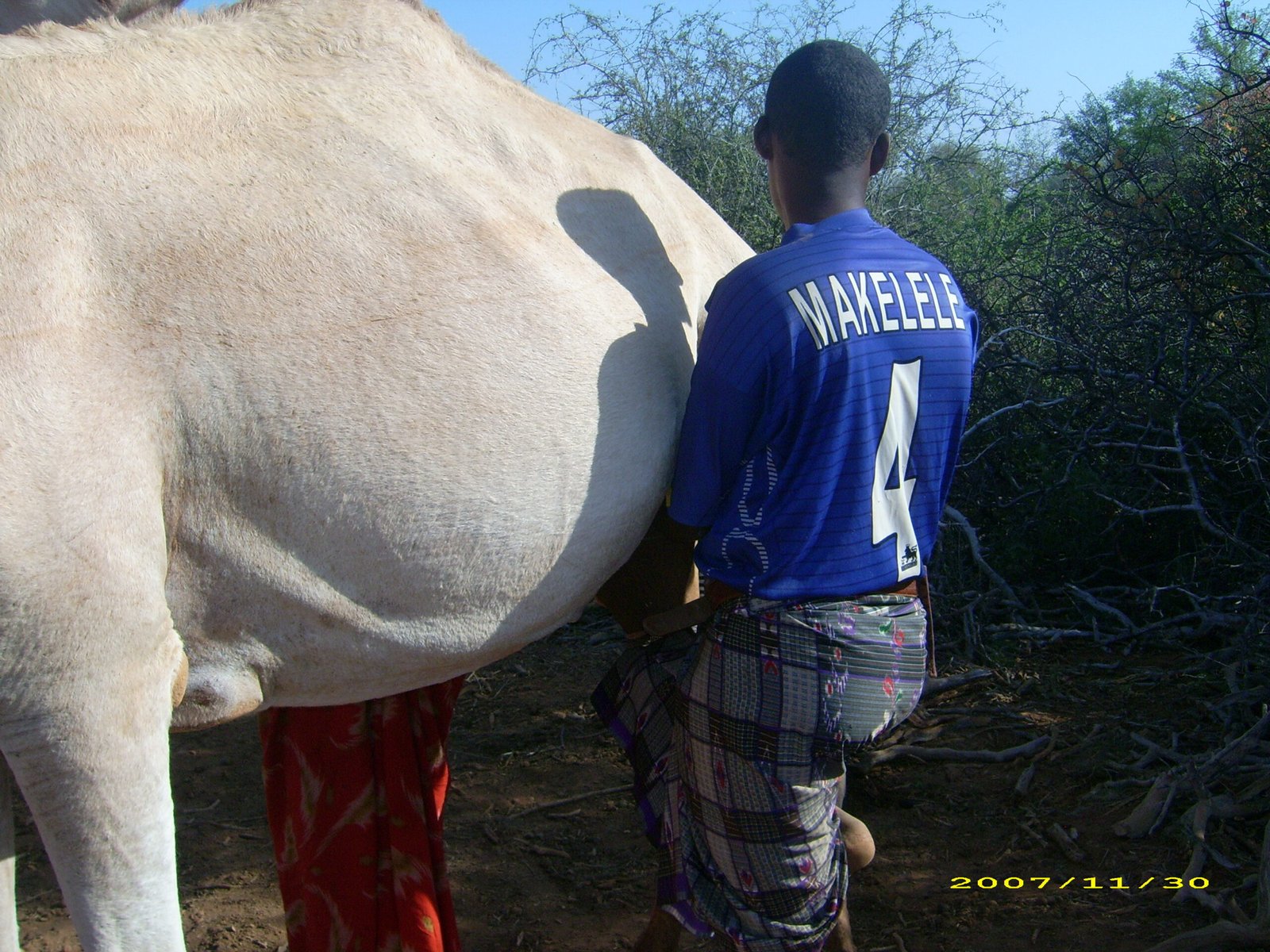
Camel milk is gaining attention as a superfood, rich in vitamins, minerals, and immune-boosting compounds. In some cultures, it’s used to treat diabetes, allergies, and even autism. Medical researchers are studying camel antibodies, which have unique properties that could lead to new treatments for diseases like cancer and COVID-19. The humble camel is proving to be not just a survivor, but a giver of health and healing.
Tourism and Cultural Heritage: Bridging Past and Present

Around the world, camel treks and safaris invite travelers to step into the footsteps of ancient traders and nomads. Camel festivals, races, and beauty contests celebrate the animal’s place in history and culture. These events foster pride and preserve traditional knowledge, while also providing income for rural communities. Tourism has become a new chapter in the camel’s long story, connecting people to the spirit of the desert.
The Future of Camels: Innovation and Conservation
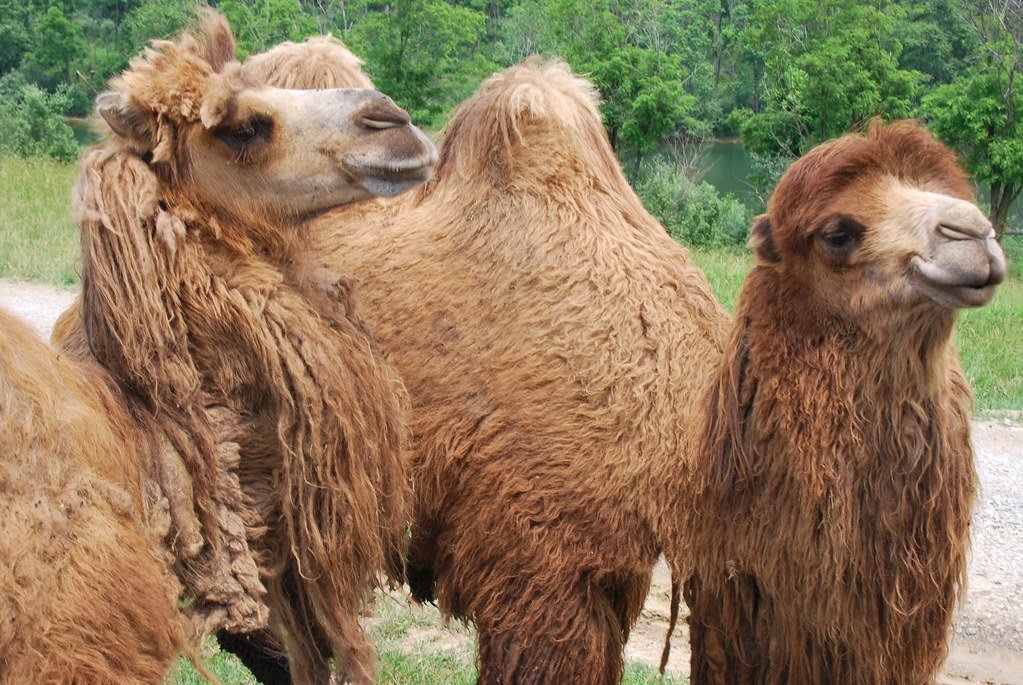
Today, camels face new challenges—habitat loss, climate change, and shifting economic realities. Yet, they also offer hope for sustainable solutions. Breeders are developing hardier camels for changing climates, while conservationists work to protect wild populations. Entrepreneurs are finding innovative ways to use camel products, from eco-friendly textiles to gourmet foods. The future of camels rests on our willingness to value their unique gifts and ensure their survival for generations to come.
Reflections on Humanity’s Partnership with Camels
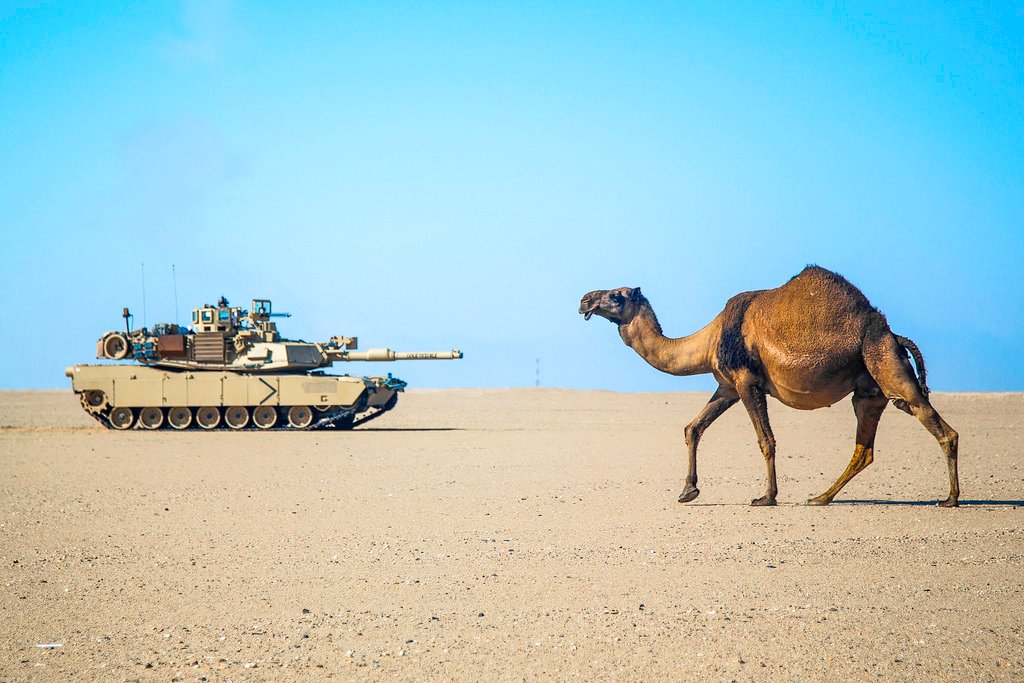
The story of camels is, at its heart, a story of partnership—between humans and animals, tradition and innovation, survival and hope. These remarkable creatures have carried our burdens, shared our journeys, and shaped the world in ways both visible and hidden. As we look to the future, their legacy invites us to honor resilience, embrace adaptability, and cherish the bonds that connect us across continents.


